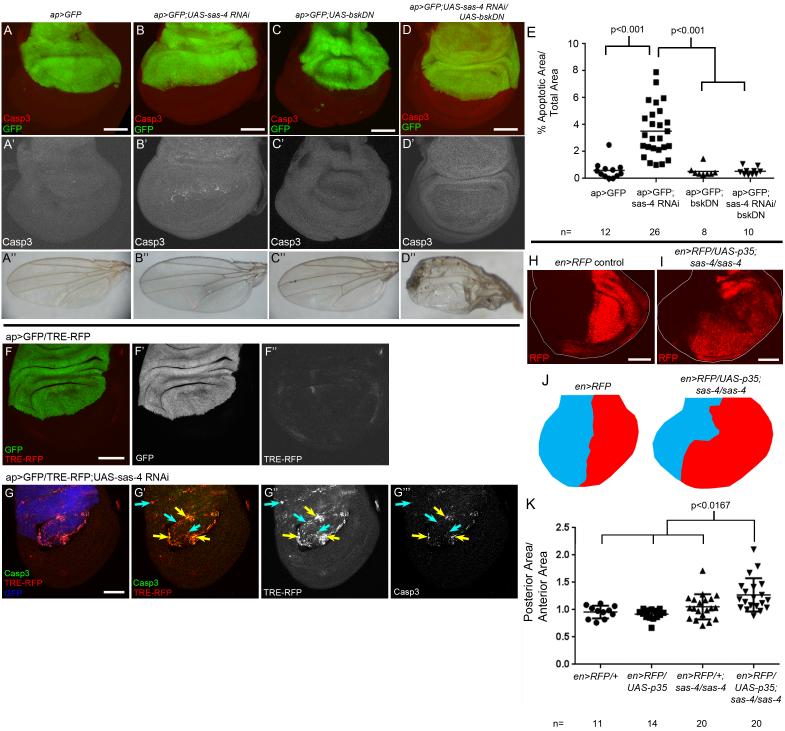Fig6. JNK signaling mediates apoptosis in acentrosomal cells but tissue homeostasis is maintained by compensatory proliferation.
(A-E) Apoptosis caused by sas-4 RNAi (B,E) is completely repressed when JNK signaling is blocked via bskDN (D,E). Blocking JNK-induced apoptosis leads to highly defective adult wings (D”). (F) ap>GFP control disc expressing the JNK reporter TRE-RFP. Note minimal RFP expression (F”) and negligible apoptosis (see Fig.3A). (G) sas-4 RNAi dramatically increases TRE-RFP expression throughout the dorsal compartment (G”), however only a subset of cells appear to be undergoing apoptosis (G’,G”’). Blue arrows=JNK activation that does not overlap Casp3, yellow arrows=coincidence of Casp3 and reporter. GFP channel is false-colored blue in G. (H,I,K) Blocking apoptosis in the posterior compartment of sas-4 mutant discs significantly increases posterior compartment size (ratio of posterior relative to anterior area versus control). Quantified in (K) using t-test, Bonferroni correction for multiple comparisons set α=0.0167). (J) Diagrammatic model. Posterior compartment (red) and anterior (blue) for en>RFP (control) and en>RFP/UAS-p35;sas-4/sas-4 discs (based on image I). See also Fig S6.

